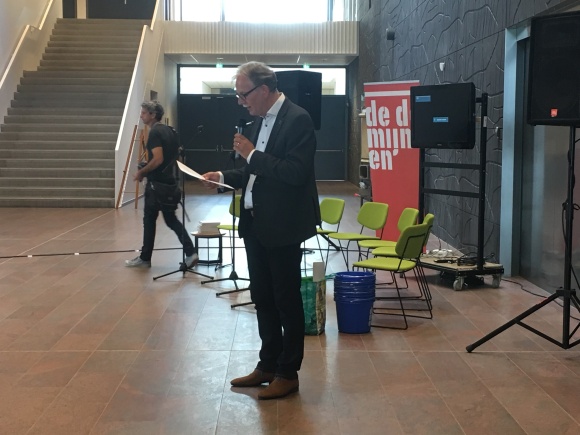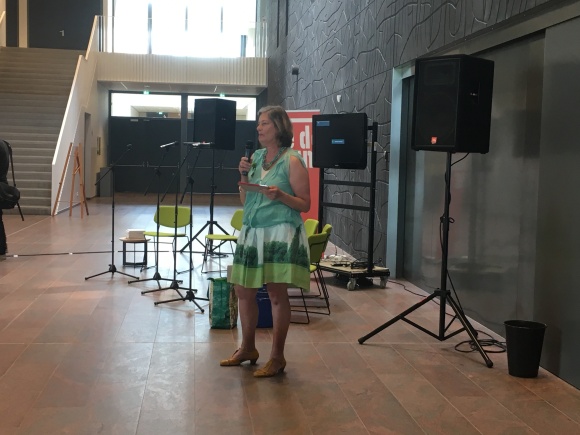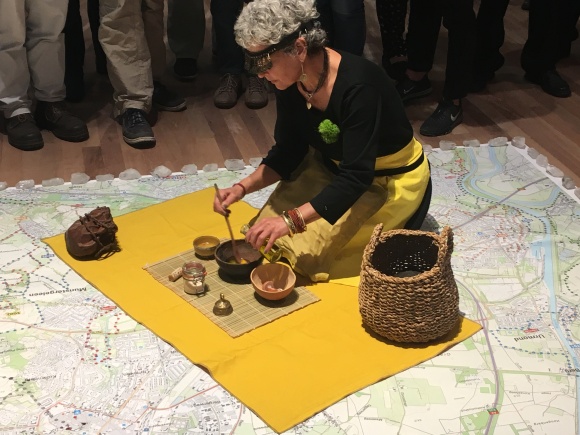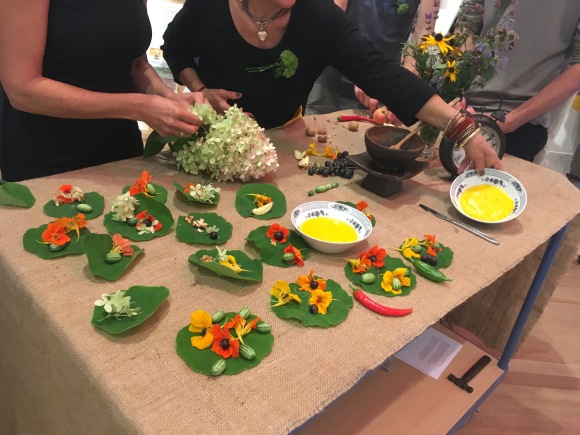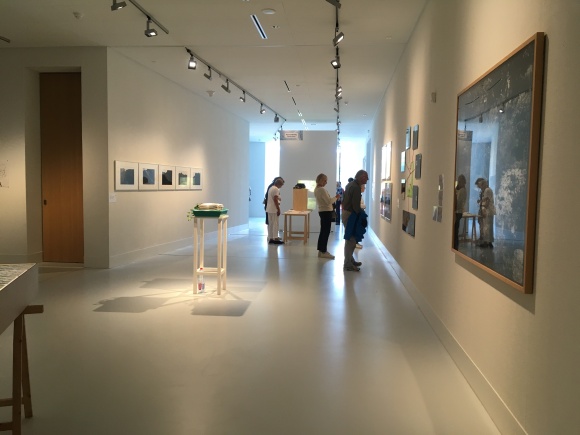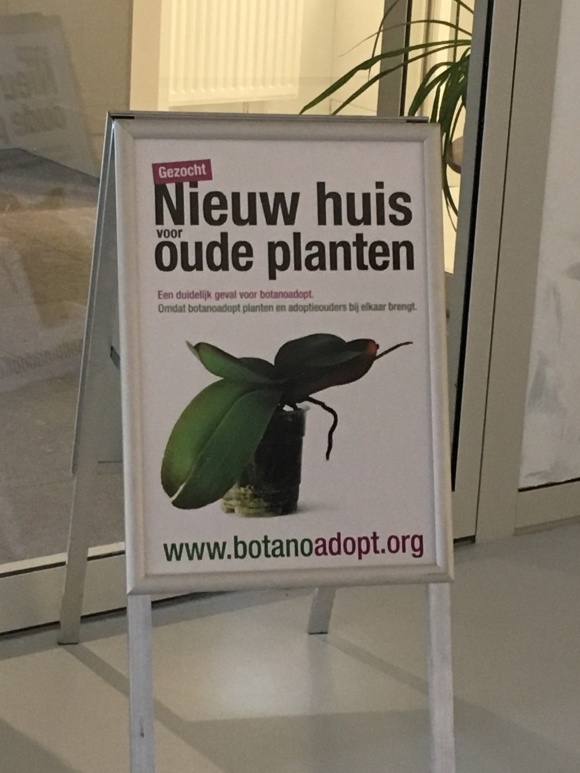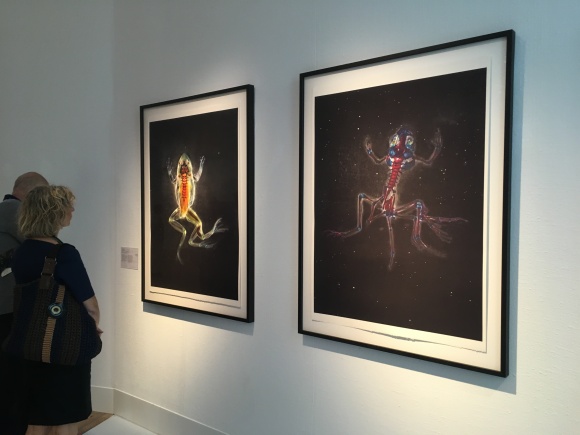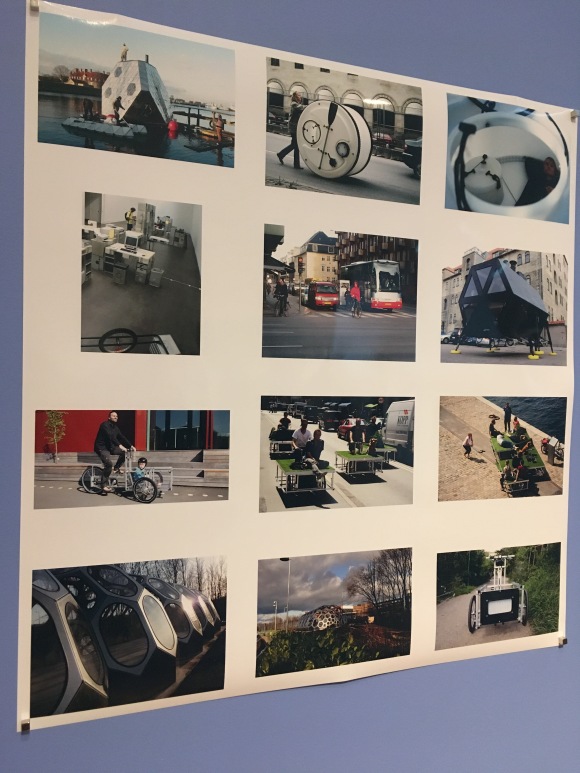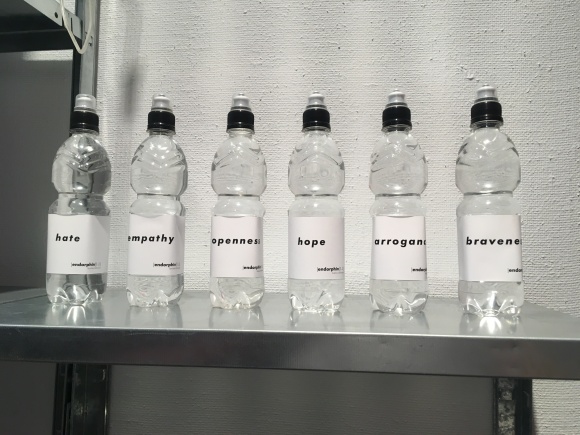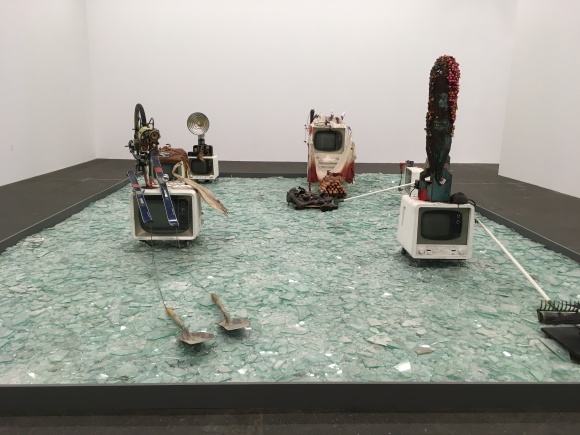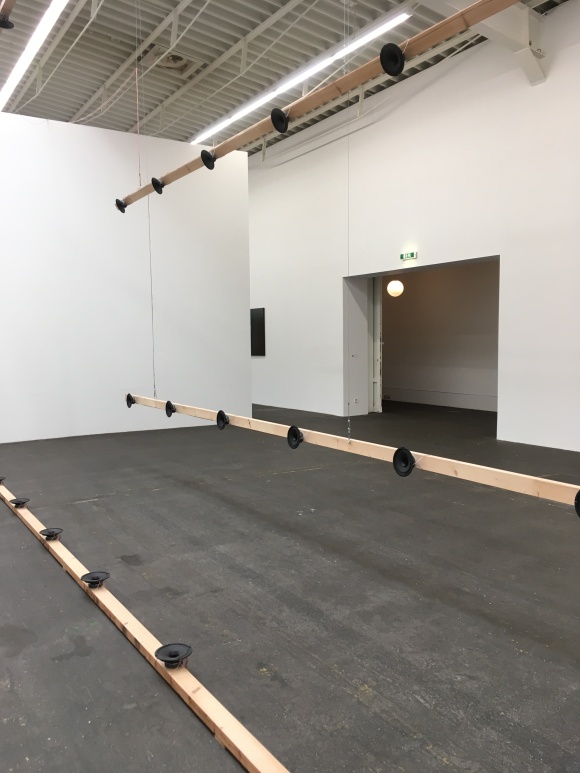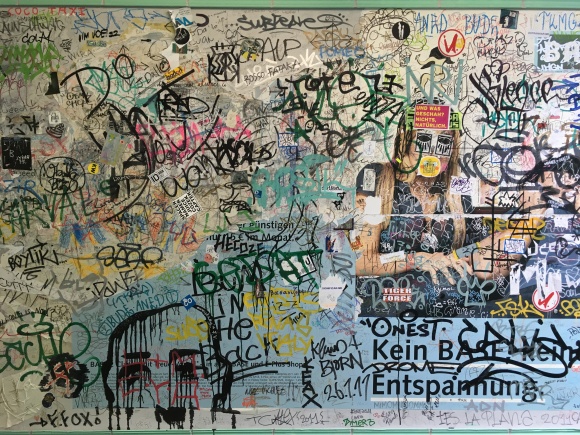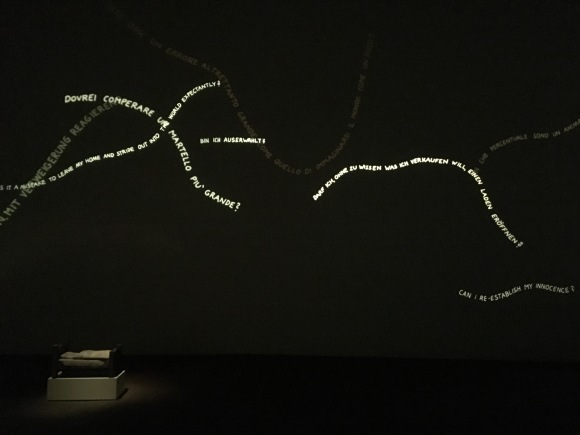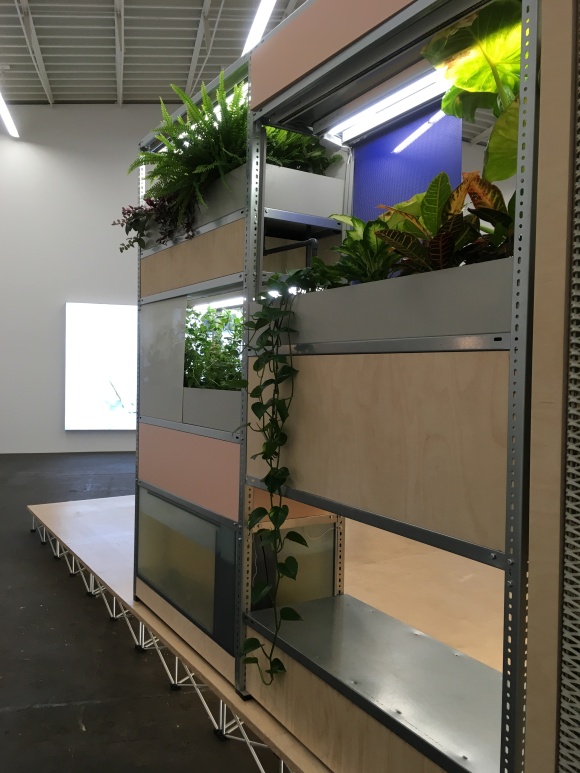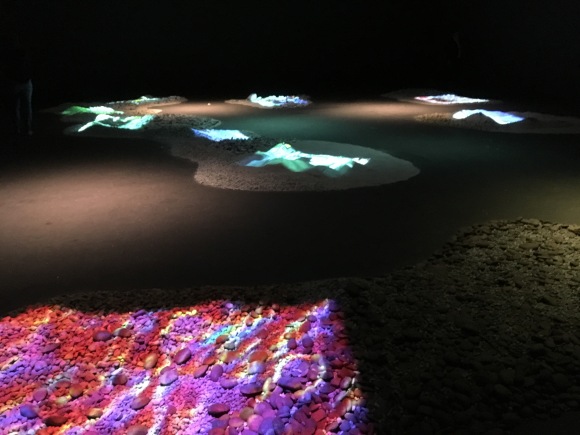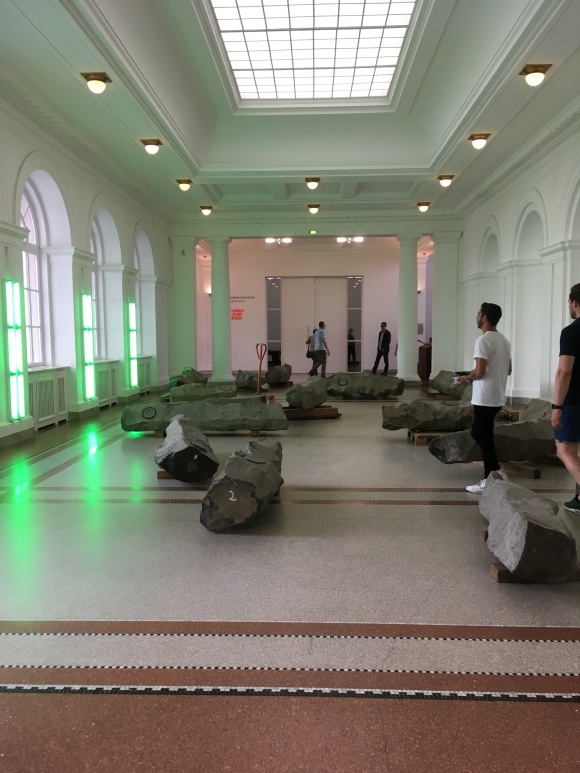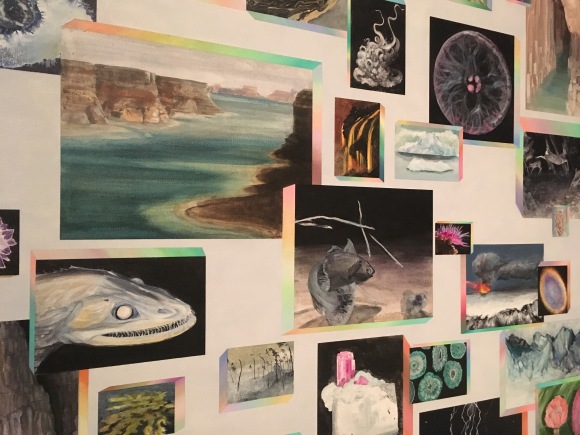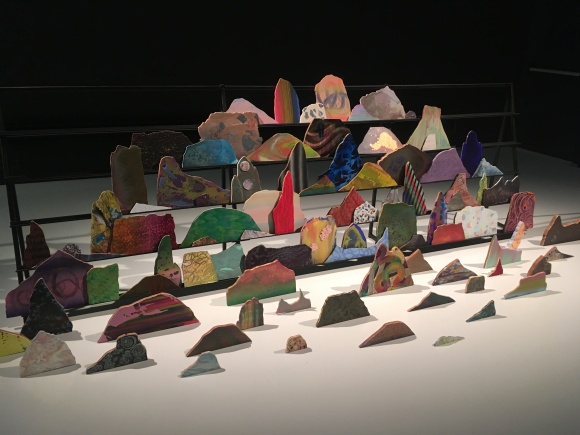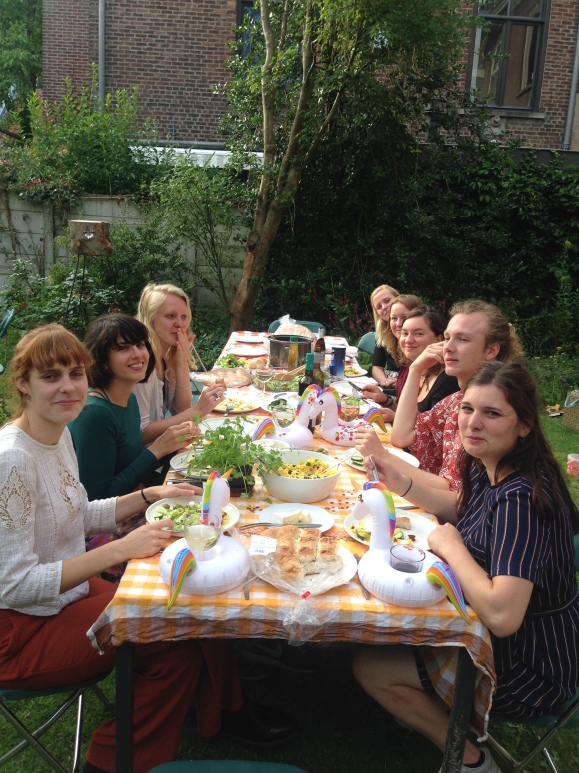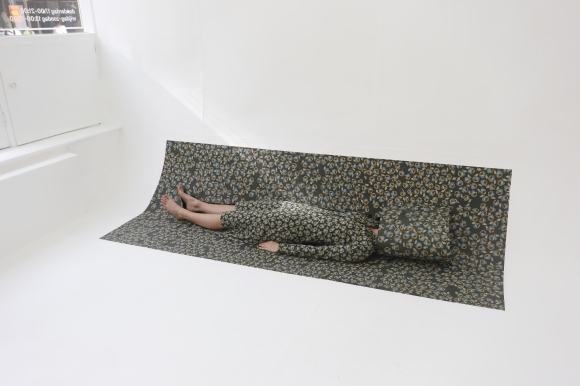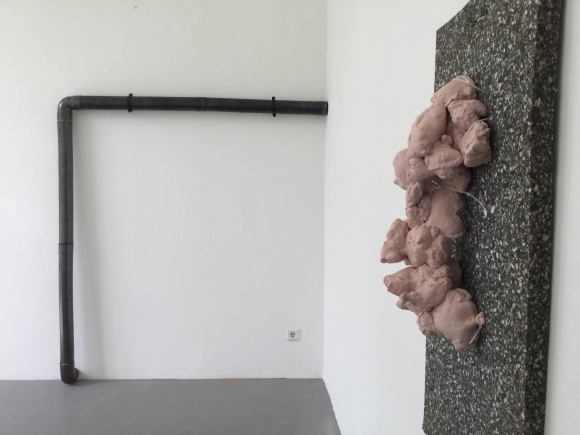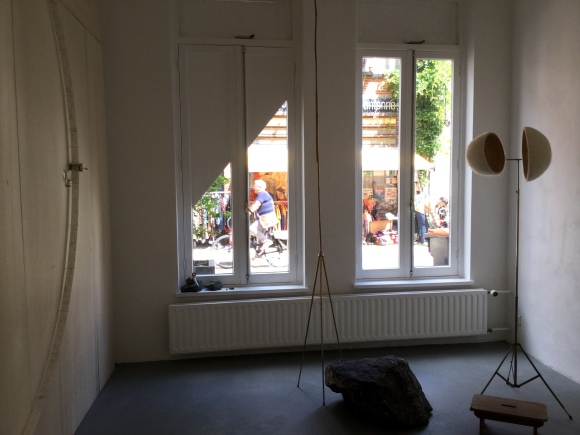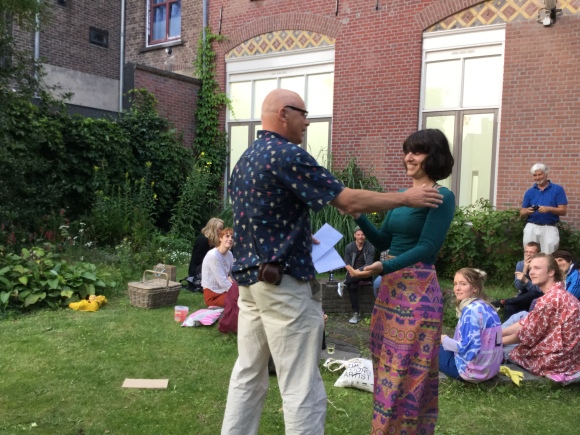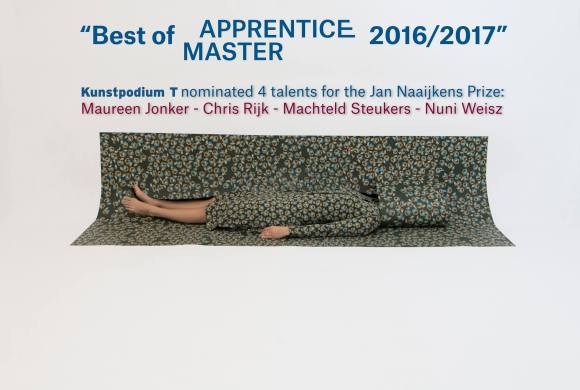‘Traces #1: Beyond Generations’, Van Abbemuseum Eindhoven, 7 October – 5 November 2017. In collaboration with Design Academy Eindhoven, curated by Annemartine van Kesteren, in collaboration with Bart Guldemond and Ellen Zoete.
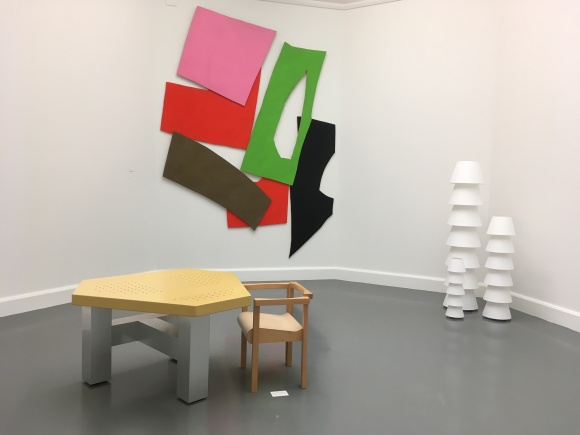
The Dutch art crowd probably is fully aware that in not too long, one of the biggest cultural events of the year will take place in Eindhoven: the Dutch Design Week. Across the city there will be hundreds of activities and presentations spread over nine days. For some reason I have always ‘avoided’ a visit, mostly because this always coincided with the first exam period of the year at university. So this year I am glad to say I will master the courage, energy and money to spend not one, but TWO days in the always sunny Eindhoven to see some design from the lowlands.
But before I head off to the event, which takes place from 21 to 29 October, I visited the Van Abbemuseum’s new design exhibition ‘Beyond Generations’. As the title suggests, the exhibition spans multiple decades and investigates how different generations of designers have interpreted the discipline over the last 70 years. The exhibition is the first in the series ‘Traces’, a project by the Design Academy in Eindhoven that for the next five years researches the traces that design has left in the city of Eindhoven, the region of East Brabant, the country and in the entire world. In ‘Traces #1: Beyond Generations’, this is done through eight central themes that show the dialogues between designers, accompanied by artworks from the collection that reflect the social and cultural environment these designers were working in.
As the title suggests, this has probably been the first proper introduction I have had with design and definitely the first exhibition I have actively visited on the theme. This is why this exhibition did something totally different with me and my thoughts. Over the years, I have seen dozens of art exhibitions with artworks of several periods, media and themes so I have become quite familiar with the vocabulary of the art exhibition. But design is something else. So what do you do when you encounter something unfamiliar? You try to fit it in the mould of what you do know. Which was exactly what happened to me in the Van Abbemuseum on a Friday morning. I entered the rooms and approached the works as individual, autonomous artworks. And although there definitely are many artistic and autonomous qualities to design, there is something essentially different to it: design has a clear purpose. On display in the first room were objects such as lamps, rugs and even a coffee machine. Although they come in many shapes and forms, there is no universal lamp for instance, but always a universal purpose: to bring light. To many art objects, especially in the contemporary field in which I majored, there is not necessarily such a universal purpose. Art can often be made for the sole purpose of just ‘being there’, the old idea of ‘art for art’s sake’, one of the key ideas of the avant-garde in the late nineteenth and early twentieth century. Despite there being many similarities between autonomous visual art and design, to me this is one of the main differences between the two.
I have to say, it did slightly help me that the design objects in the exhibition were paired with several artworks from the museum’s own collection. When I entered, at first I struggled to make sense of the design vocabulary, simply because I was not yet familiar with it. So I approached it with my own art background, trying to find a deeper, often theoretical meaning behind the designer’s choices, which might not necessarily be there. There was a certain disconnect between what I was seeing and what I was thinking. It was only about halfway through the exhibition when I realised I was doing this. But then I was faced with a dilemma – do I continue this approach or do I find, maybe even invent another way to look at the remaining design objects in the exhibition?
I did the latter. Instead of trying to place the shown objects in an artistic theoretical context (which I have to say did work for some of the objects!), I tried to see them in a social, practical and aesthetic light: WWTDD? What would the designer do? And all the sudden, a whole world opened up to me. I took a different and close look to the object, seeing how the designers on show use different materials and make aesthetic choices that might improve a utility or sometimes undermine its function in pursuit of form.

Two works in the exhibition particularly stood out for me. The first is already present in the second room of the exhibition, that focuses on the theme of ‘social transformation’. Several drawings of knitted sweaters and an accompanying video present the work of Loes Veenstra, who spent fifty years of her life knitting sweaters that had never been worn. In 2012, a parade in the 2e Carnissestraat in Rotterdam was held in honour of her knitting achievements. This is shown in the video, where you can see several hundred people walking, dancing and singing around in the streets wearing Veenstra’s colourful creations. On the panel to the left, drawings of the knitted sweaters are presented by Christien Meindertsma. What struck me most about this work is that initially, I did not necessarily realise what knitting sweaters had to do with design, but when I watched the video I saw the society being brought together and being connected through the medium of clothing. Social transformation in a positive way had been made possible in the shape of a colourful parade across the street where Veenstra lived, being carried around and being the centre of the entire happening. It also made me aware of the fact that design is such a broad concept: not only utensils and products are designed, but you can also design societies and influence behaviour in a way, which is another present theme in the exhibition.
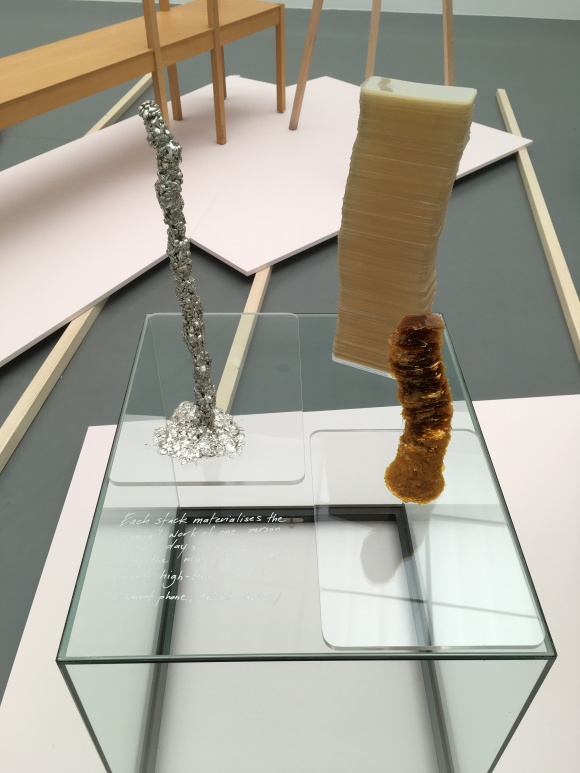
Another outstanding work was on show in the final room of the exhibition, one of the three rooms that does not have a central theme but focuses on the dialogues of different (generations of) designers and how they relate to one another. Here, a friend pointed out a work that shows a very modern side to design, one that focuses on technology and mass production. The work consists of three stacks of different materials that represent the manual work of one person in one day that works in the manufacturing of smart devices (phones, laptops or tablets). The devices have been reduced to some of their basic elemental components, like screens for smartphones or the brown mineral that’s part of the devices’ hardware. This work, bordering on the verge of art and design, shows how we might take the technique behind a device for granted, not realising how it is produced, the materials and the manual work that go into them. It made me think about our relationship to technology, in a day and age where our emotional attachment to technology grows and often lets us forget that it is ‘just’ a product as well that can be replaced.
So yes, in short this exhibition might have been my design relevation. It opened an entire new way of thinking for me and gave me new tools for looking at and interpreting design objects. Let’s put it to use next week during the Dutch Design Week and stay up to date for my review of what I thought of it!


